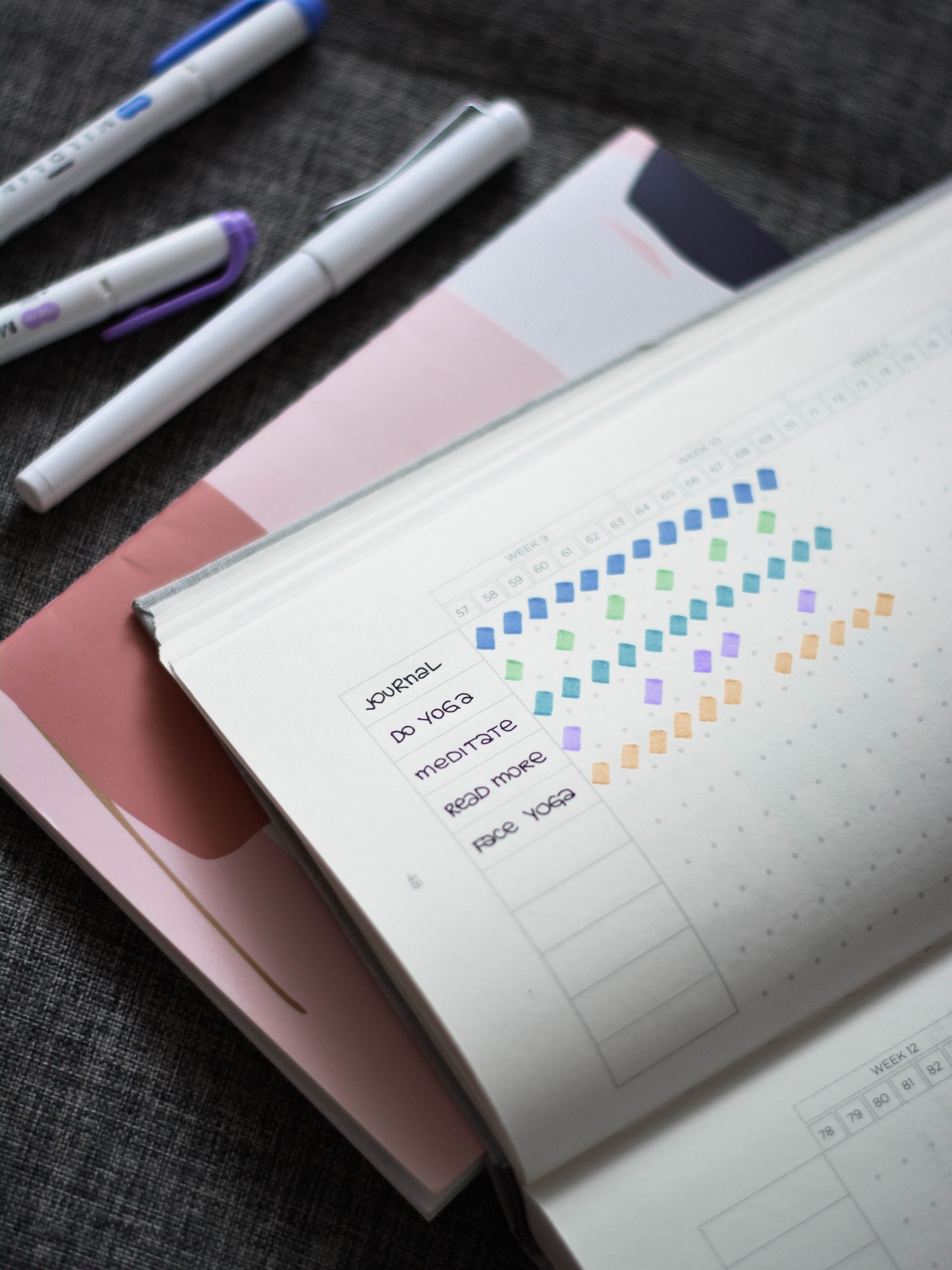Building a habit goes beyond consistency, and we know it takes more than 21 days, 30 days, or even 60 days. Why? And how do we create a habit that we can actually stick to?
So, what does it take to build a habit?
Creating a habit is less about how long it takes and more about the steps it takes to get it done. Take my goal of dinking a glass of water every morning as an example, on day one I was already falling behind schedule. The next few days took a better turn, yet, still, when it’s just another thing on my to-do list, it’s less likely to form a long-term habit. There needs to be more.
Creating New Habits
How do we actually form new habits? Well, we have to look at multiple factors. It starts off with that initial push, the motivation or will power, that makes us want to attain this habit coupled with discipline and effort. These elements serve as a significant stepping stone towards healthy habit building, but not without its binding factors; signals (or triggers) and reward.
Signal – reminds us to do the habit
Motivation/Will power – wanting to do it
Effort – what we have to do to get it done
Reward – the benefit we get from doing the habit
A signal reminds us to do the habit. It can be internal (an emotion, a feeling, etc) or external (a notification, a sticky note, etc). Whether the signal is internal or external, the purpose of this cue is to remind our body to do the action over and over again. But if we have a cue that reminds us to drink water, or go to the gym, why isn’t that enough to build a habit? We know we need to do it, we want to do it … but then we don’t.
Yes sometimes it’s the effort. We can make it ‘easier’ to do the habit. Lay out the gym clothes to make it easier to change and get to the gym. But that too, isn’t enough. Even having a lot of motivation only lasts so long.
We need something to keep us going, that’s where the reward comes into play. We can tell ourselves we’ll buy a new bag if we exercise for a month. And this is a reward because it keeps us motivated. But this is where I think we misinterpret the reward. There’s a fine line between forming a good and bad habit and, as luck may have it, forming a bad habit can be easier than creating a good one.
Your brain releases something called dopamine when you’re expecting a reward. It makes you feel good.
For example, let’s say you tend to manage stress by eating chocolate; stress is the signal, eating the chocolate is the habit, and the dopamine is the reward. On one hand, you get a release of dopamine into your brain but if you’re trying to build a habit of going to the gym and eating healthy then reverting to chocolate will limit your results. But your subconscious has connected the chocolate to feeling good and releasing dopamine.
Managing the significance of the reward system is what’s missing in the habit formation formula, but I’m not just talking about superficial rewards, were digging deeper into subconscious rewards.
How to Form a Habit Psychologically
Subconscious rewards are those hard-wired responses in your body that make you feel good and make you take action as a result. This is where we get these habits engrained in our brain to the point where we associate them in a positive way. The question is, how do we get to that hard-wired point?
In making a habit subconscious, we need to make a reward of that habit. We need to internalize the benefits of that habit and really believe that it helps us, makes us feel good, that we need it. It comes down to re-training our brains on a subconscious level, and in order for that to work we have to believe that it is good for us. It is imperative to consistently remind ourselves using our environmental cues or signals so that we don’t fall off and avoid creating a pattern rather than a habit.
How to Make a Habit Stick
There are three pieces to making a habit stick;
- Having an immediate reward
- Convert this reward into the subconscious reward
- Being self-aware
Our brain likes getting immediate results therefore it required immediate rewards. Although those results may not be apparent at the moment, the reward system will begin to associate itself with the immediate result of dopamine.
As this pattern is repeated over and over again the connection between conscious and subconscious begin to transfer, solidify a habit.
Self-awareness also plays an important part in forming a habit. Understanding how our body reacts internally and externally can help is navigate our environment, recognize shifts in mood, and notice how something affects us.
Building a habit is not easy but with a little motivation it’s not impossible. To learn more, and for more examples, you can listen to the full episode here.


[…] often talk about creating habits through time and […]